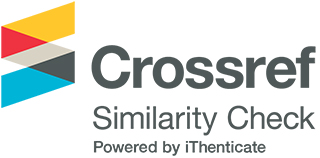The Effects of Writing to Remember Katakana and the Teaching Styles Preferred by Students
DOI:
https://doi.org/10.33422/ejte.v7i2.1478Keywords:
katakana, memory, student attitude, teaching style, writingAbstract
Katakana is one kind of Japanese character and is often used together with other characters in the same sentence. However, the complexity of the Japanese writing system is said to be one of the reasons for Japanese language learners to stop learning. Despite the recognised difficulties in learning katakana, there is still little research on the subject. The aim of this paper is to find out statistically how students in North Macedonia think about writing and learning katakana, and whether it helps memory retention. In addition, this paper also identifies the teaching style that students want. A total of 19 university students studying Japanese participated in the survey. Findings were that the truth values of seeing and writing were not neutral significantly in the one-sample Wilcoxon test, and that the overall positive position as specific data. Additionally, in Spearman’s correlation analysis, there was a significant positive moderate correlation between Memory retention and listening, and also a significant positive moderate correlation between Student attitude and Memory retention. Moreover, students’ preferred teaching style is also discussed. However, the same results may not necessarily appear in the case of other kinds of characters or in the case of Japanese language learners from other Balkan countries. In the future, it is recommended that the differences between handwriting and application use should be explored in order to provide a teaching style that overcomes students’ weaknesses in katakana.
Downloads
Published
Issue
Section
License
Copyright (c) 2025 Atsushi Kobayashi

This work is licensed under a Creative Commons Attribution 4.0 International License.













